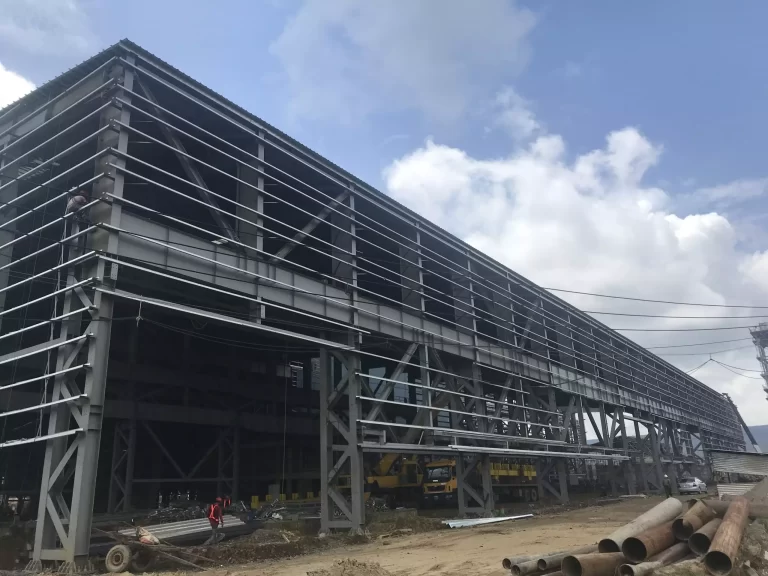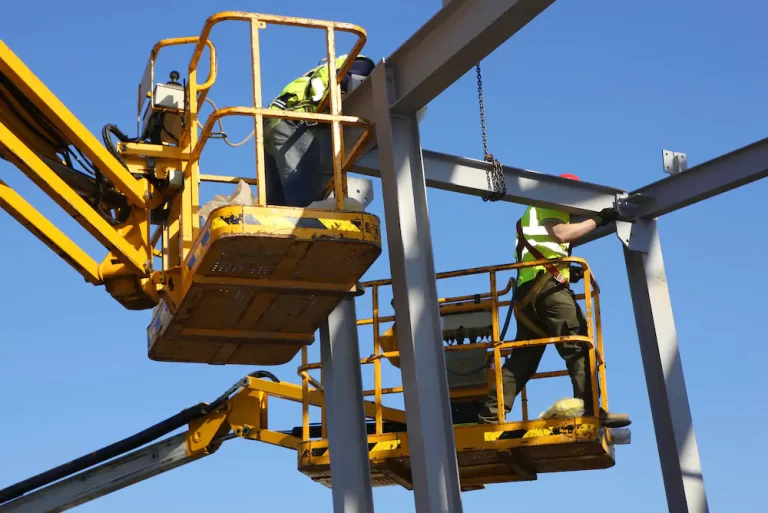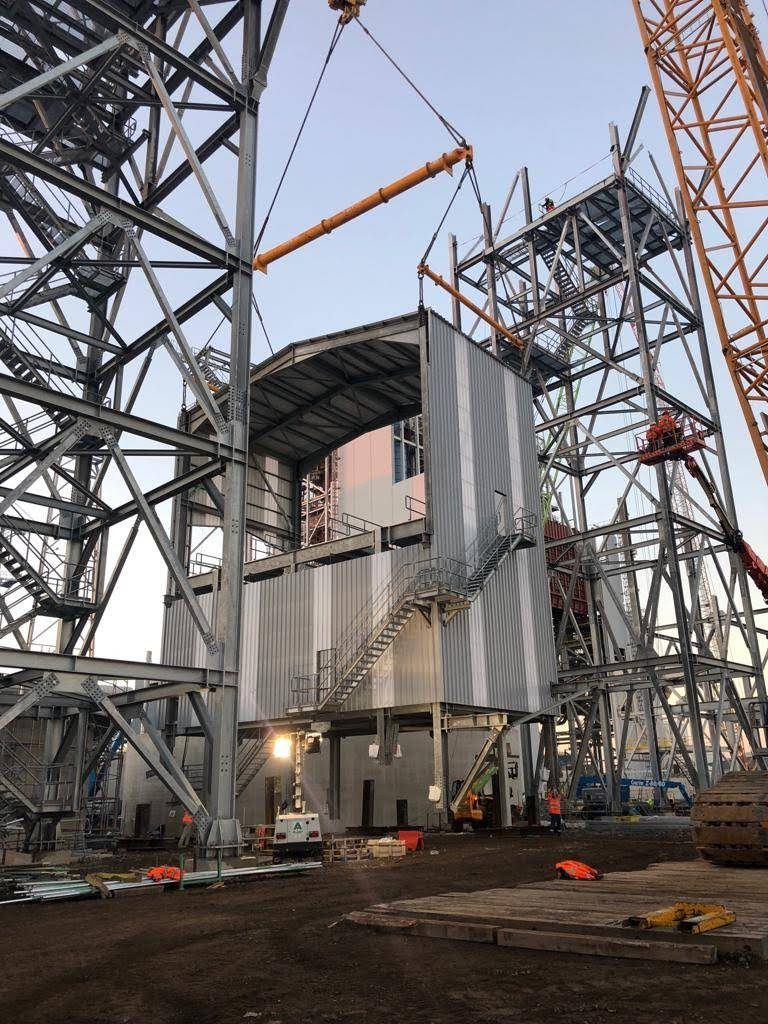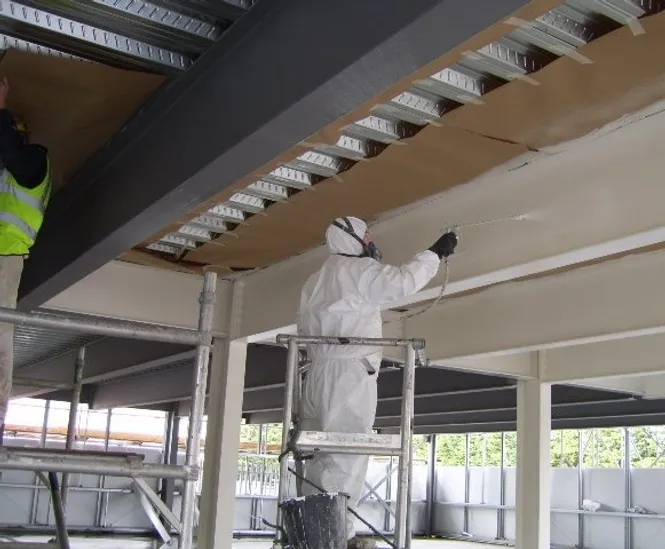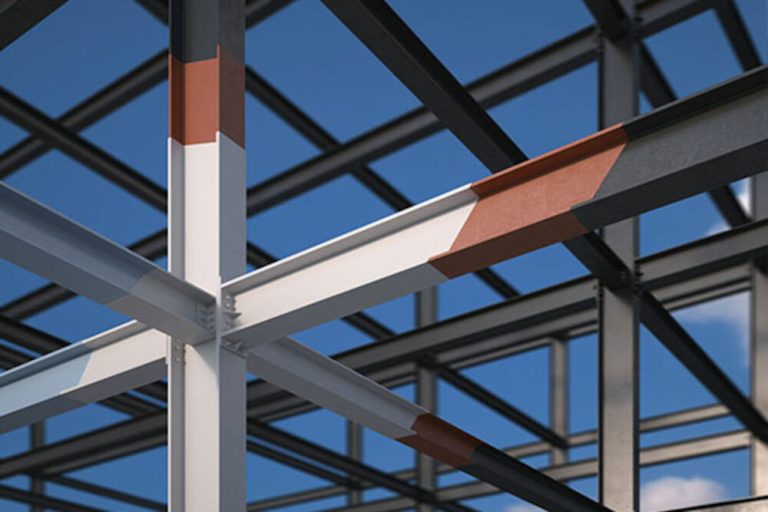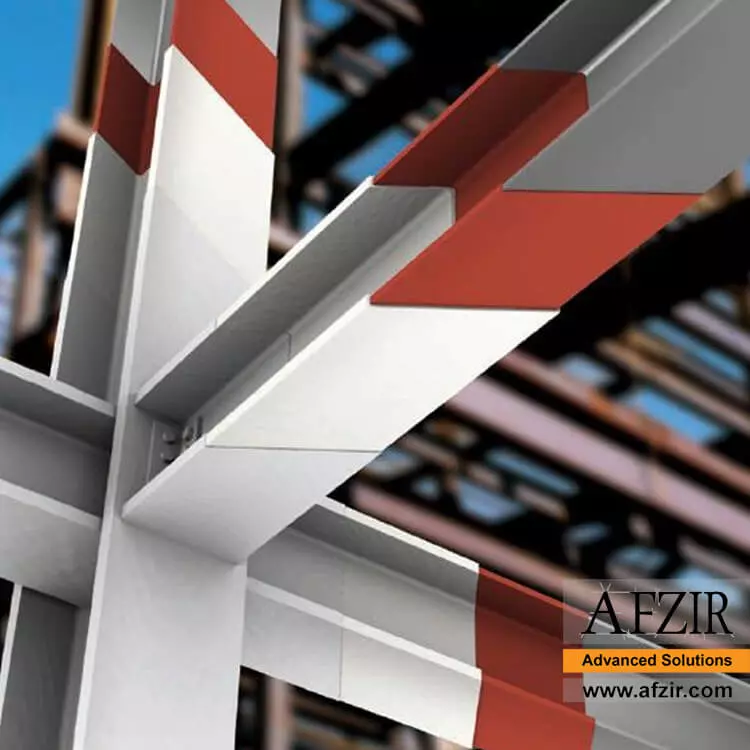First things first, What is soil erosion? When water or wind impact separates and removes soil particles, the soil deteriorates gradually due to soil erosion. Around the world, surface runoff, soil erosion, and poor water quality have become significant issues. Now the main concern is if the construction contributes to soil erosion. Let’s explore it together.
When construction equipment starts to destroy vegetation, soil erosion occurs. Root systems provided by vegetation help keep soil in place and stop erosion. Dirt is shifted during the grading process by both wind and water erosion.
A Lot of ground movement occurs during construction, both consciously and unconsciously. This movement frequently causes soil erosion, which can have an effect on the site and the surrounding natural surroundings. The movement of the earth does not solely bring on soil erosion at building sites. Grading leads to the alteration of the land’s elevation and causes wind and water erosion as well. All of these changes can potentially damage the ecosystem, harming both plants and animals as well as the soil and water quality. It is the responsibility of the contractors like DTC to use prudent procedures to reduce erosion.
Types of Erosion
- Rain erosion
- Sheet erosion
- Rill erosion
- Gully erosion
- Streambank erosion
Erosion Impacts
On building sites, operations like grading and filling significently decrease the quality of the soil. If not preserved, sites will erode more severely and negatively impact the surroundings. Increasing soil organic matter levels to repair on-site damage brought on by site preparation and revegetating to defend against off-site harm are the two main objectives of soil quality management on construction sites.
The significant impact of soil erosion brought on by suburban development is the disturbance of the earth. In order to create room for the new construction, tons of land had to be moved, which included enormous office buildings, residential areas, and transit systems. This movement of land significantly alters the vegetation and wildlife’s natural environment, which in turn increases the danger of sedimentation.
Moving forward, erosion also reduces soil quality! The immense on-site harm in metropolitan settings is topsoil loss, whether through physical removal with large machinery or erosion by wind and water. The highest levels of biological activity, organic matter, and plant nutrients—all essential elements of good soil—are present in this stratum of the soil. The soil’s natural capacity to deliver nutrients, control water movement, and fight off pests and disease is almost completely eliminated when this top layer of soil is lost on-site.
Last but not least, construction-related erosion has effects off-site as well. Additional silt and extra nutrients, which harm aquatic ecosystems, are the two primary problems caused by erosion. A surplus of nutrients? In fact, an abundance of nutrients in the water may do a lot of harm. This harm is because they contribute to a process known as “Eutrophication,” in which an excess of nitrogen and phosphorus promotes overgrowth.
How to prevent soil erosion?
Throughout our lifetimes, our population and the number of towns and cities will keep rising. Urban building projects need to be aware of the dangers posed by soil erosion and make appropriate plans. The perfect way to start is by installing a flood control system that will reduce the amount of interruption caused by the projects.


